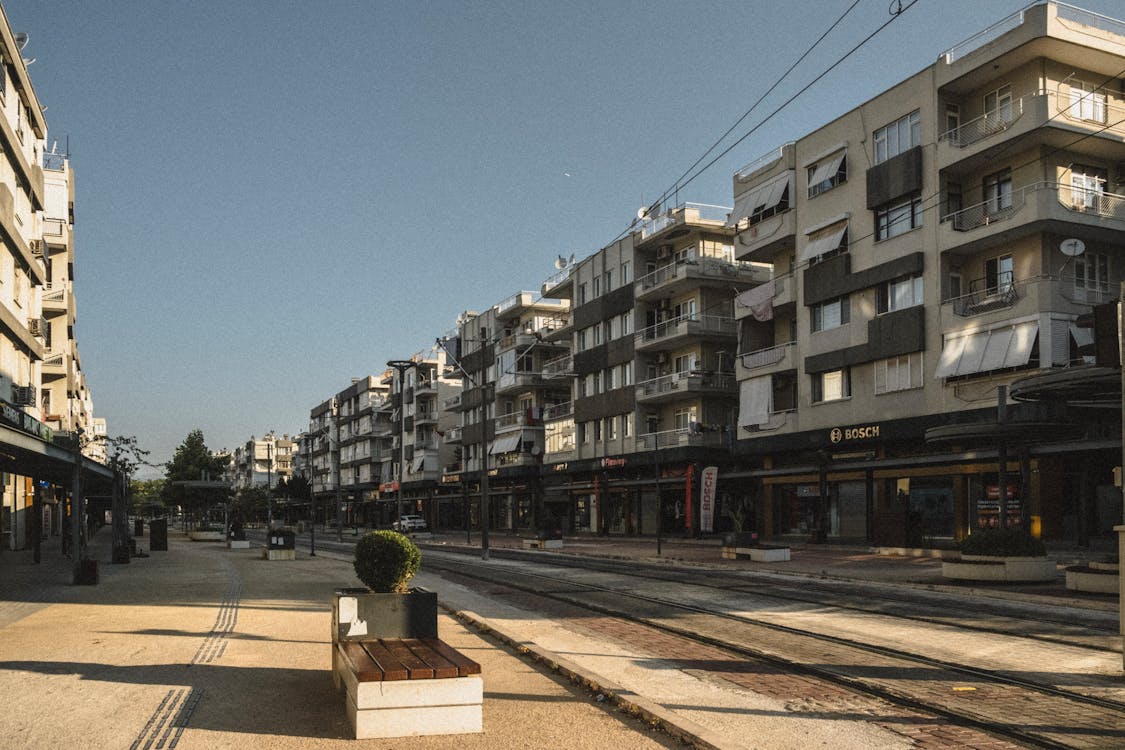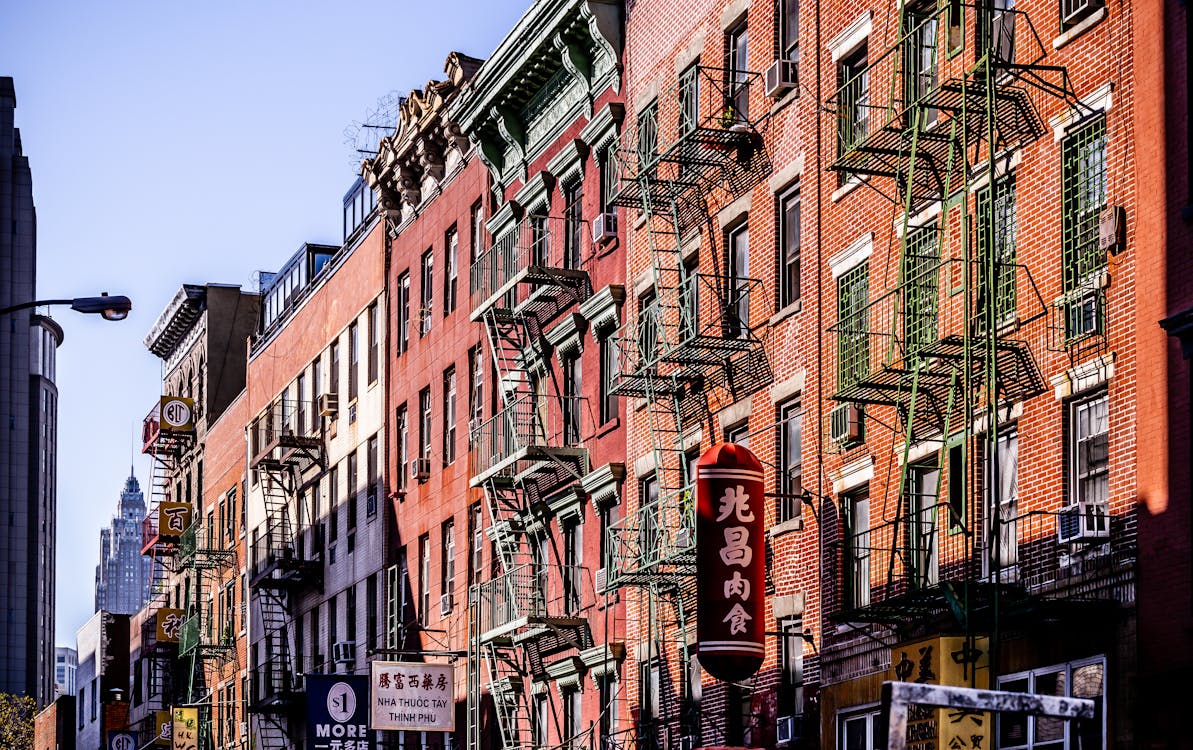As our urban landscapes continue to evolve, the categorization of certain properties can sometimes become a bit blurry. One question that often arises is, “Are apartment buildings commercial or residential?” This query may seem straightforward, but the answer is not as clear-cut as you might think. In this article, we’ll delve into the fascinating world of apartment buildings and explore their dual nature as both commercial and residential entities.
Apartment buildings, with their multiple living units under one roof, prompt a thought-provoking debate about their classification. Are they commercial entities due to the rental income they generate, or are they residential spaces where people create homes?
Understanding Apartment Buildings
Apartment buildings are structures containing multiple units designed for people to reside in. They are primarily built to offer shelter and convenience, making them essentially residential. However, the waters become muddied when we examine the commercial aspects intertwined with these living spaces.

Aysegul Alp
Commercial Aspects of Apartment Buildings
Mixed-Use Developments
In recent years, the concept of mixed-use developments has gained traction. These projects combine residential units with commercial spaces such as retail shops, restaurants, or offices. This blend blurs the lines between commercial and residential even further.
Retail Spaces within Apartments
Some apartment complexes incorporate retail areas within the building. This arrangement creates a unique dynamic, where residents have immediate access to shops and services. The symbiotic relationship between these spaces showcases the commercial nature of apartment buildings.
Residential Aspects of Apartment Buildings
Single-Family vs. Multi-Family Apartments
Apartment buildings encompass a wide range of housing, from single-family units to sprawling multi-family complexes. This diversity underscores their residential character while acknowledging the varied lifestyles they accommodate.
Rental Agreements and Leases
Unlike commercial leases that often span several years, residential leases are typically shorter in duration. This aligns with the transient nature of apartment living, where residents may come and go more frequently than in commercial settings.
Legal Zoning and Definitions
Zoning Laws and Classifications
Zoning regulations segregate land uses into different categories. Apartments are usually zoned in areas designated for residential use. However, exceptions exist when apartments coexist with commercial spaces, demonstrating their dual nature.
Defining Residential and Commercial Properties
The definition of “residential” pertains to spaces designed for dwelling, while “commercial” refers to spaces used for business or profit-generating activities. Apartment buildings, straddling both these definitions, challenge conventional classifications.
Financial Considerations
Investing in Apartment Buildings
Investors often view apartment buildings as commercial assets due to the potential for rental income. The return on investment aligns more with commercial real estate, blurring the lines between these seemingly distinct categories.
Tax Implications
Tax structures differ for residential and commercial properties. Apartment owners may benefit from certain tax advantages associated with commercial properties, further complicating the categorization.

Matthis Volquardsen
Architectural and Design Elements
Amenities and Common Areas
Many apartment buildings boast amenities like gyms, communal lounges, and laundry facilities. While these enhance residential experiences, they also resemble features found in commercial buildings.
Influence on Surrounding Aesthetics
The architecture of apartment buildings can significantly impact the aesthetic appeal of a neighborhood. Striking a balance between fitting into a residential area while maintaining commercial functionality is a design challenge.
Community Impact
Population Density and Infrastructure
Apartment buildings often contribute to higher population density, prompting infrastructure adjustments. This influence on urban planning reflects a commercial angle as cities adapt to increased demands.
Social Dynamics in Apartment Communities
Residential communities within apartment buildings create a social fabric akin to small towns. However, the commercial component lies in the opportunities for social commerce and shared resources.
Challenges and Benefits
Maintenance and Management
Apartment buildings require ongoing maintenance and management, similar to commercial properties. The intricacies of managing both living spaces and potential businesses within the building underline their hybrid nature.
Convenience and Access to Resources
Residential aspects focus on providing comfortable living, while commercial elements offer convenience through on-site services. This blend enhances the quality of life for residents and aligns with commercial customer-oriented strategies.
Future Trends in Urban Living
Smart Apartments and Technology Integration
The integration of smart technologies in apartment buildings enhances both residential living and commercial operations. Automated systems for security, energy efficiency, and convenience showcase the duality of these spaces.
Sustainability and Green Spaces
As sustainability gains importance, apartment buildings are incorporating eco-friendly features. While these additions improve the residential experience, they also contribute to the broader commercial goal of environmental responsibility.

Mark Neal
Buildings in Towns: Case Studies
When examining the intricate relationship between urban landscapes and architecture, the concept of “Buildings in Towns” takes center stage. These case studies provide invaluable insights into the dual nature of structures within urban environments. Buildings in towns serve as microcosms of the broader debate surrounding whether they are predominantly commercial or residential entities. By analyzing the design, functionality, and impact of these buildings in towns, we can gain a deeper understanding of how urban spaces are shaped by the delicate balance between commercial and residential considerations. “Buildings in Towns” are not merely structures but vibrant components that contribute to the fabric of our cities, embodying the fusion of living spaces and commercial vitality.
Iconic Mixed-Use Apartment Buildings
Exploring iconic mixed-use buildings like The High Line in New York City showcases the potential for harmonizing commercial and residential functions seamlessly.
Successful Residential Apartment Complexes
Residential complexes like Co-Ops in San Francisco demonstrate how apartment buildings can thrive in a predominantly commercial urban environment.
Are Apartment Buildings Commercial or Residential?
The answer lies in their inherent duality. Apartment buildings are quintessentially residential, providing homes and nurturing communities. Simultaneously, their revenue-generation potential and mixed-use features lean towards the commercial side.
Balancing the Duality
Understanding that apartment buildings straddle both worlds challenges our conventional understanding of urban spaces. Their ability to balance the two aspects contributes to vibrant and multifaceted neighborhoods.
The question “Are apartment buildings commercial or residential?” is a reminder that our built environment is evolving, adapting, and defying traditional definitions. These structures exemplify the fusion of living spaces and commercial viability, enriching the urban tapestry in unexpected ways.
